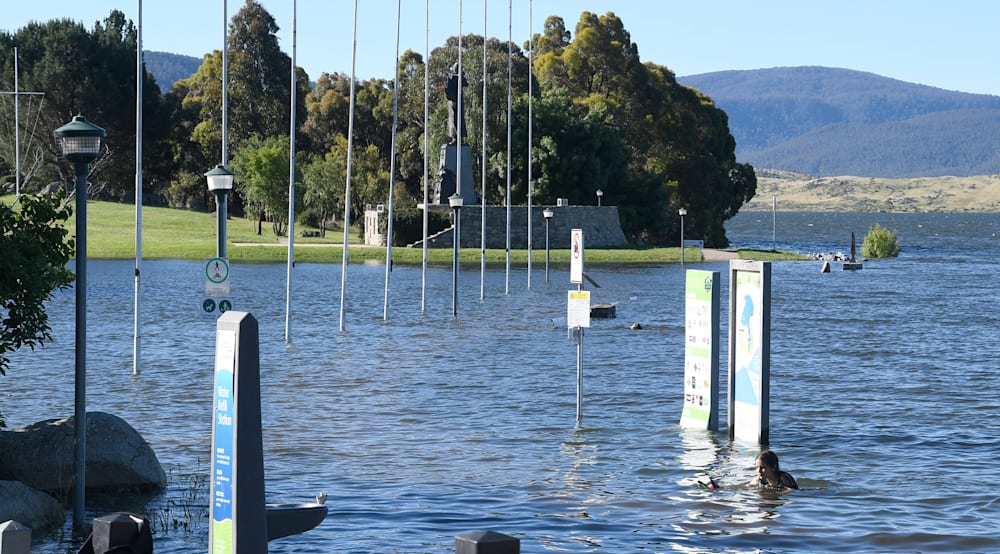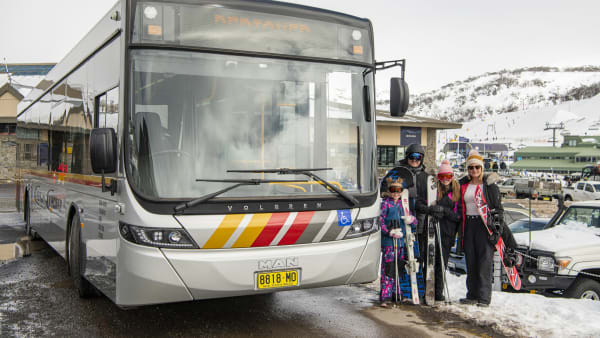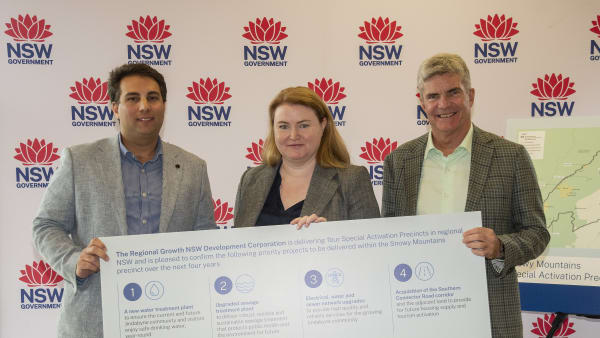THE Snowy Mountains Special Activation Precinct (SAP) $391 million master plan is evolving in the background. During 2023, a new community advisory group (CAG) of 43 people have had two productive meetings with the NSW Planning Department who have presented ideas to the group on possible outcomes of future developments and subdivisions.
Another meeting is likely before all feedback from the CAG, plus other key personnel will be deciphered and formed into the Delivery Plan and the Development Control Plan. Both documents will be placed on public exhibition in the second half of 2023, a later than anticipated date as the planning team bring the new state government up to speed on the $391 million master plan.
Jindabyne Foreshore
The lake foreshore is an integral part of the master plan and will have upgrades. With Lake Jindabyne water levels reaching 100% on numerous occasions in recent years, all new future works will be cognisant of the water line and new infrastructure built above the 100% line.
One key area is Banjo Paterson Park. The foreshore path will be raised from approximately the statue to the skate park and the re-design will need to be signed off by Snowy Hydro engineers. The park itself, which has also flooded, is likely to be filled and regraded to a higher level that will meet the raised foreshore path. The park at a higher level does not change its function and will in fact have access benefits from Kosciuszko Road. The CAG urged the planners to resolve this work during the winter of 2023, but this is unlikely and a time frame unknown at this stage.


Jindabyne JCS Site
One of the most contentious areas of the master plan is the current Jindabyne Central School (JCS) site in town. Students will soon have a new school at the Sport and Recreation which will be finished in 2024.
The old school site, which is owned by the NSW Government will be developed to suit a mix of uses including, indoor recreation, ground floor retail, accommodation and parking. The exact makeup of this site is yet to be determined.
From when the school relocates, and any new development would begin poses a significant time period. The planning department are aware of this, and the community group have indicated they wish to see the existing buildings be used in the interim. For what purpose and how long, that is to be discussed.
Special Activation Precincts Tristan Kell, in conjunction with architect Doug Southwell from company Scott Carver presented ideas of how the school site could look with new buildings in place. These were not finished designs, only interpretations.
The concept was generally well received, but not everyone was convinced on the height of these potential new buildings. The planning concept is they need to deliver new beds into the centre part of town, as well as other subdivisions.
A major problem for Jindabyne as a tourist town is staff housing. As the government own this JCS land, they have more control over the outcome. With more density of apartments, this problem could have an initial outcome here if a large portion of the new dwellings were allocated to solve this problem. Although that is still years away.
The government have indicated they would not develop the site themselves, but in conjunction with the right investor, there could be a good solution to this ongoing staffing issue.
The planning design layout revolves around a grid section allowing for corridors and pathways which would align with other streets on the site’s perimeters. Up to 300 dwellings with a bed capacity of over 650 were indicated. This could include potential investment for independent living by an aged care provider.

For buildings, they have suggested one or two taller buildings, potentially up to eight story, plus a mix of other 2-4 story level structures with parking underneath. The other option with less height which they described as the blob concept would be numerous buildings of similar height. One concern is any underground parking would only compliment the new buildings, there ‘could’ still be an ongoing parking issue.
Members of the CAG had immediate issues with this height. The height of buildings was a contentious issue when presented in the draft master plan on the lake foreshore. Although this is a different location, it will be interesting to gauge peoples’ thoughts on higher buildings in the centre of town. Remembering, in years to come it could solve a housing problem.
Speaking with other CAG members after the meeting, one highlighted that the Central Road apartment block had been an asset for staff housing in the centre of town for many years. This building is three story height.
When the new documents are on public exhibition, residents should consider not just tomorrow, but the 40-year master plan.
Jindabyne needs change to address several issues, one being staff housing plus 12-month rental. Currently there are thousands of beds available for holiday rental, but the town will struggle if there is no staff to service both properties and the business community.
The SAP is a $391 million multifaceted master plan with numerous sections that will see changes in Jindabyne, Perisher, Thredbo and Charlotte Pass. This will be beneficial to the area and residents and interested parties should be taking active interest in the outcome.
This story was published in the June edition of Snowy Mountains Magazine.
The Snowy Mountains Magazine will provide much more information in the July printed edition, plus via website including detail on the Alpine Precinct of Thredbo, Perisher and Charlotte Pass. You can view the digital here online at SnowNews.com.au.










